The threat to Europe's largest nuclear plant, which has endured throughout the Russia-Ukraine conflict, was exacerbated by the recent destruction of a dam that supplies it with cooling water.

IAEA Director General Rafael Grossi visits the Zaporizhzhia nuclear power plant. Photo: IAEA
Mr Grossi, whose trip was delayed by a day due to increased fighting in Zaporizhzhia, came to assess the potential risks. “We can see that the situation is serious, the consequences of the dam collapse are real,” said the head of the IAEA.
Mr Grossi arrived at the plant in a white jeep with a blue IAEA flag. He was followed by armoured personnel carriers. He described the trip as “extremely difficult” but “important”.
He said the plant's cooling ponds were "sufficiently watered", but he wanted the world to be "aware of the danger" that a "major accident" could occur. This was Mr Grossi's third trip to the Zaporizhzhia nuclear power plant, which has been under Russian control since the start of the war.
Ukraine is currently conducting a major counter-offensive operation on the occupied eastern and southern fronts of the country. Ukrainian artillery also continues to target Russian positions around the Bakhmut frontline hotspot in Donetsk.
Oleksiy Gromov, chief of the General Staff of the Ukrainian Armed Forces, said that since the start of the offensive in early June, Ukrainian forces have recaptured seven settlements and more than 100 square kilometers of territory.
Meanwhile, the Russian military said it was responding with air strikes targeting Ukrainian cities, including military facilities and drone manufacturing sites.
“Last night, the Russian Air Force carried out a strike with long-range precision air weapons on enemy drone production sites. All designated targets were destroyed,” Russian Defense Ministry spokesman Lieutenant General Igor Konashenkov said on Thursday.
Huy Hoang (according to TASS, AFP)
Source





![[Photo] Overcoming all difficulties, speeding up construction progress of Hoa Binh Hydropower Plant Expansion Project](https://vstatic.vietnam.vn/vietnam/resource/IMAGE/2025/4/12/bff04b551e98484c84d74c8faa3526e0)
![[Photo] Closing of the 11th Conference of the 13th Central Committee of the Communist Party of Vietnam](https://vstatic.vietnam.vn/vietnam/resource/IMAGE/2025/4/12/114b57fe6e9b4814a5ddfacf6dfe5b7f)

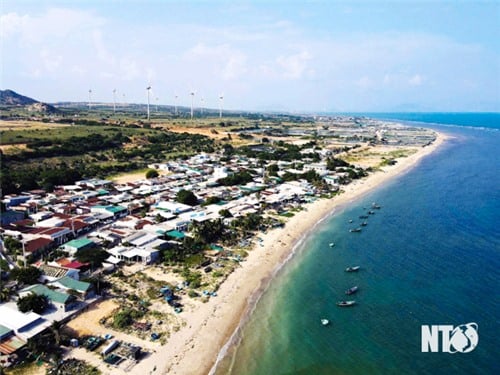


![[Podcast] News on March 24, 2025](https://vstatic.vietnam.vn/vietnam/resource/IMAGE/2025/4/3/f5fa1c3a9ae14d4590ac6965d233586b)
![[Podcast] News on March 25, 2025](https://vstatic.vietnam.vn/vietnam/resource/IMAGE/2025/4/3/735b3003484942af8e83cbb3041a6c0c)
![[Podcast] News on March 26, 2025](https://vstatic.vietnam.vn/vietnam/resource/IMAGE/2025/4/3/c3d9c3c48b624fd9af79c13ff9e5c97a)
![[Podcast] News on March 27, 2025](https://vstatic.vietnam.vn/vietnam/resource/IMAGE/2025/4/2/de589137cda7441eb0e41ee218b477e8)

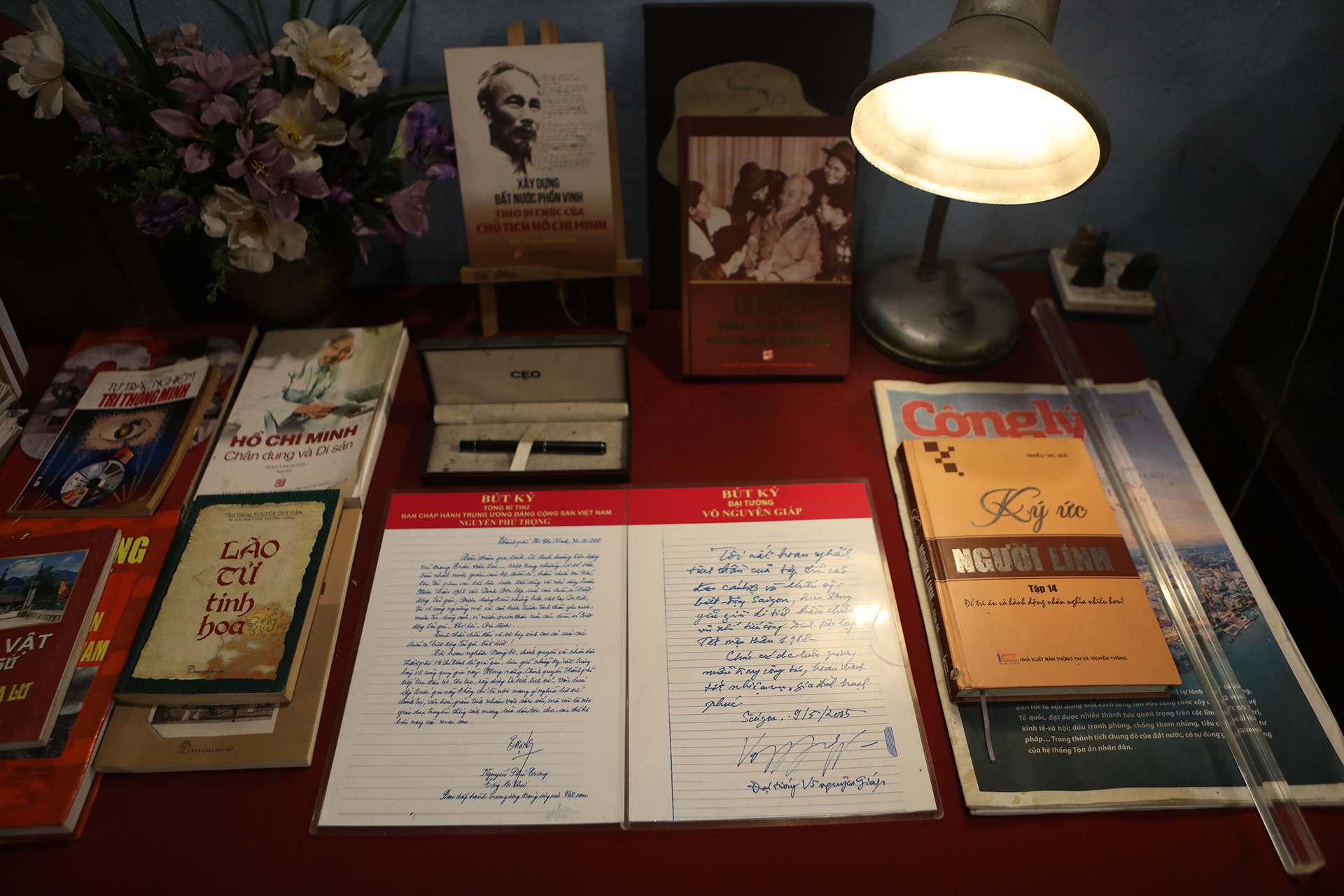
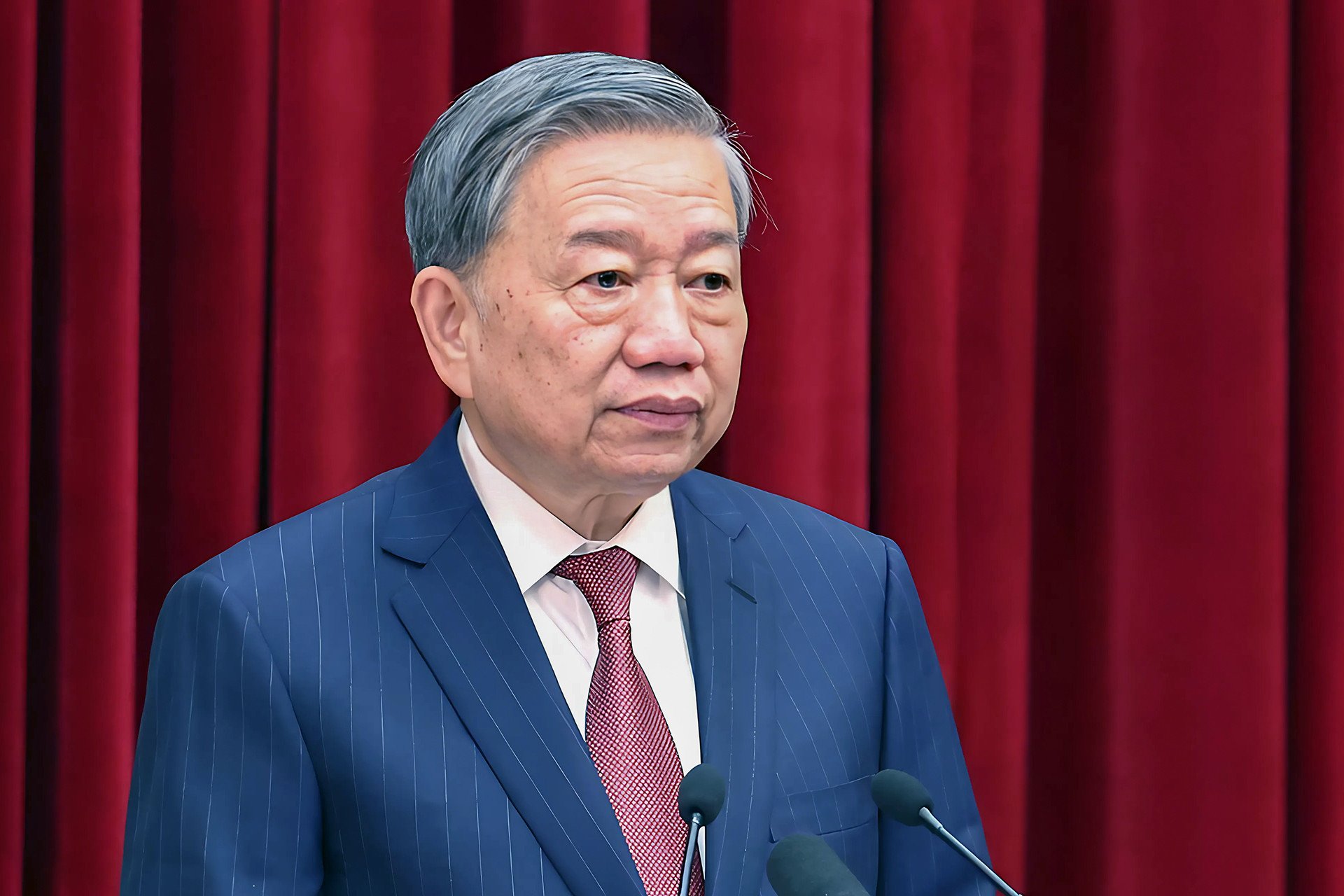
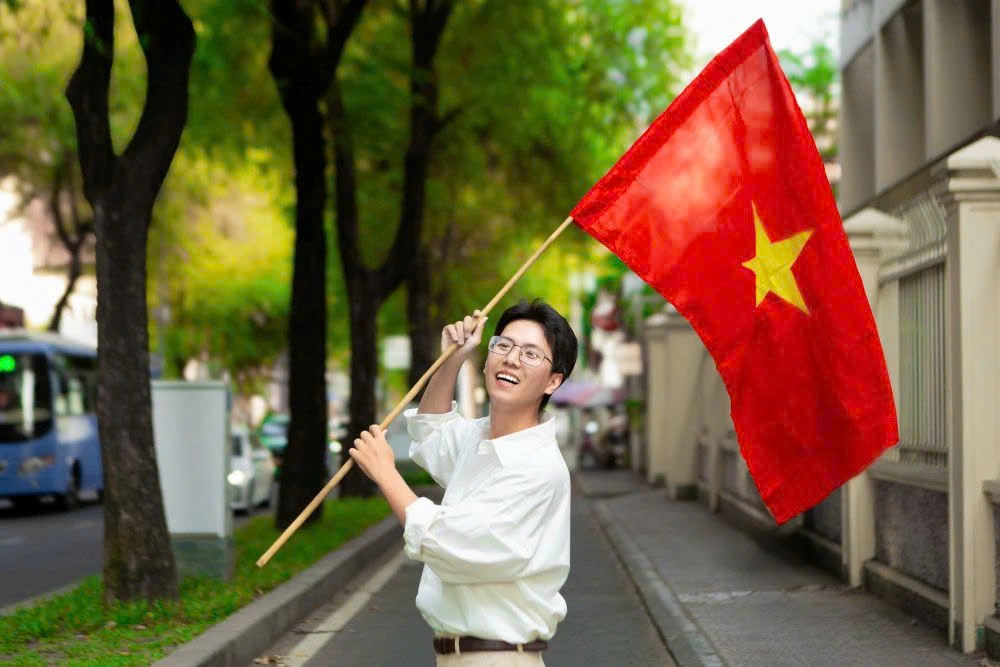
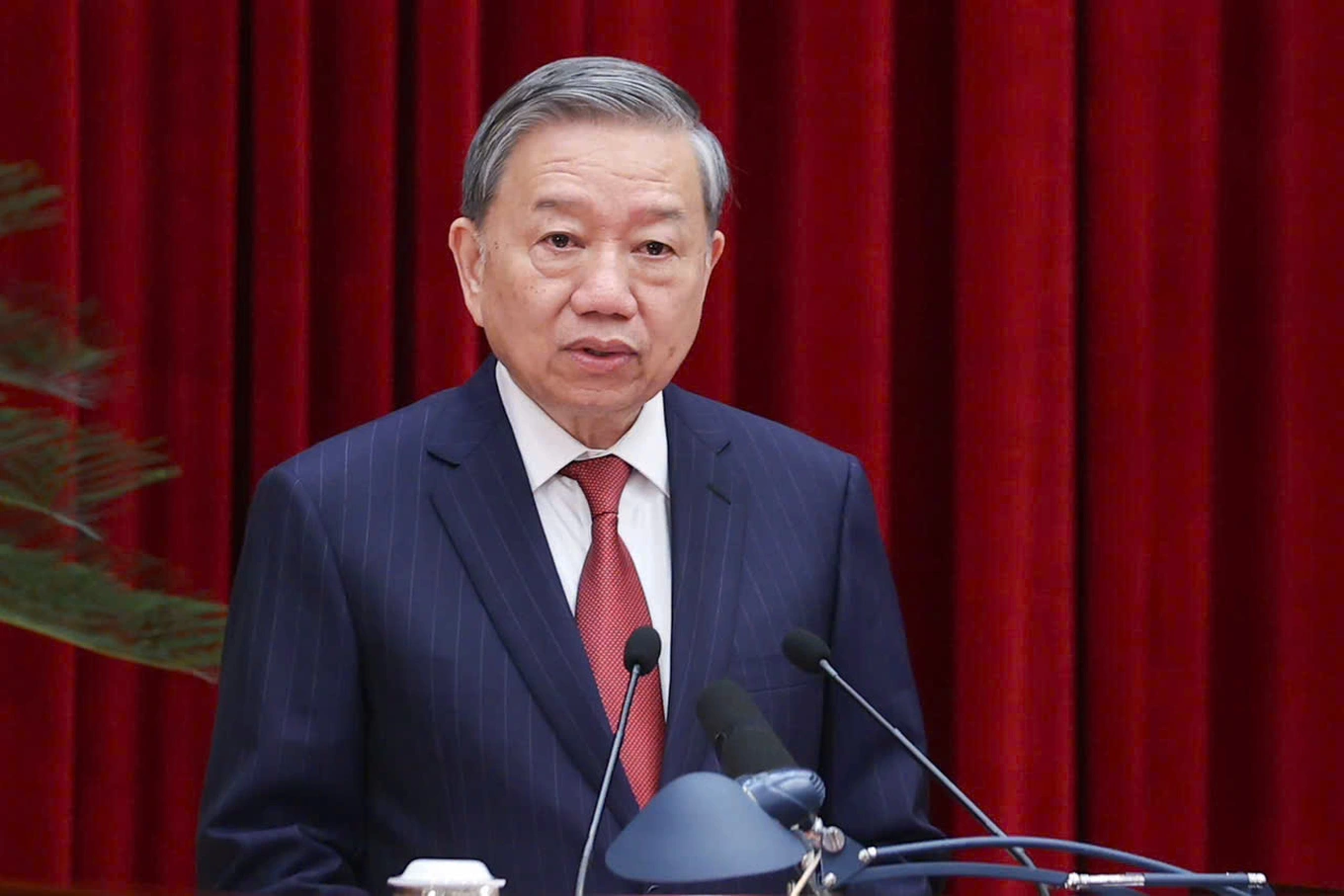
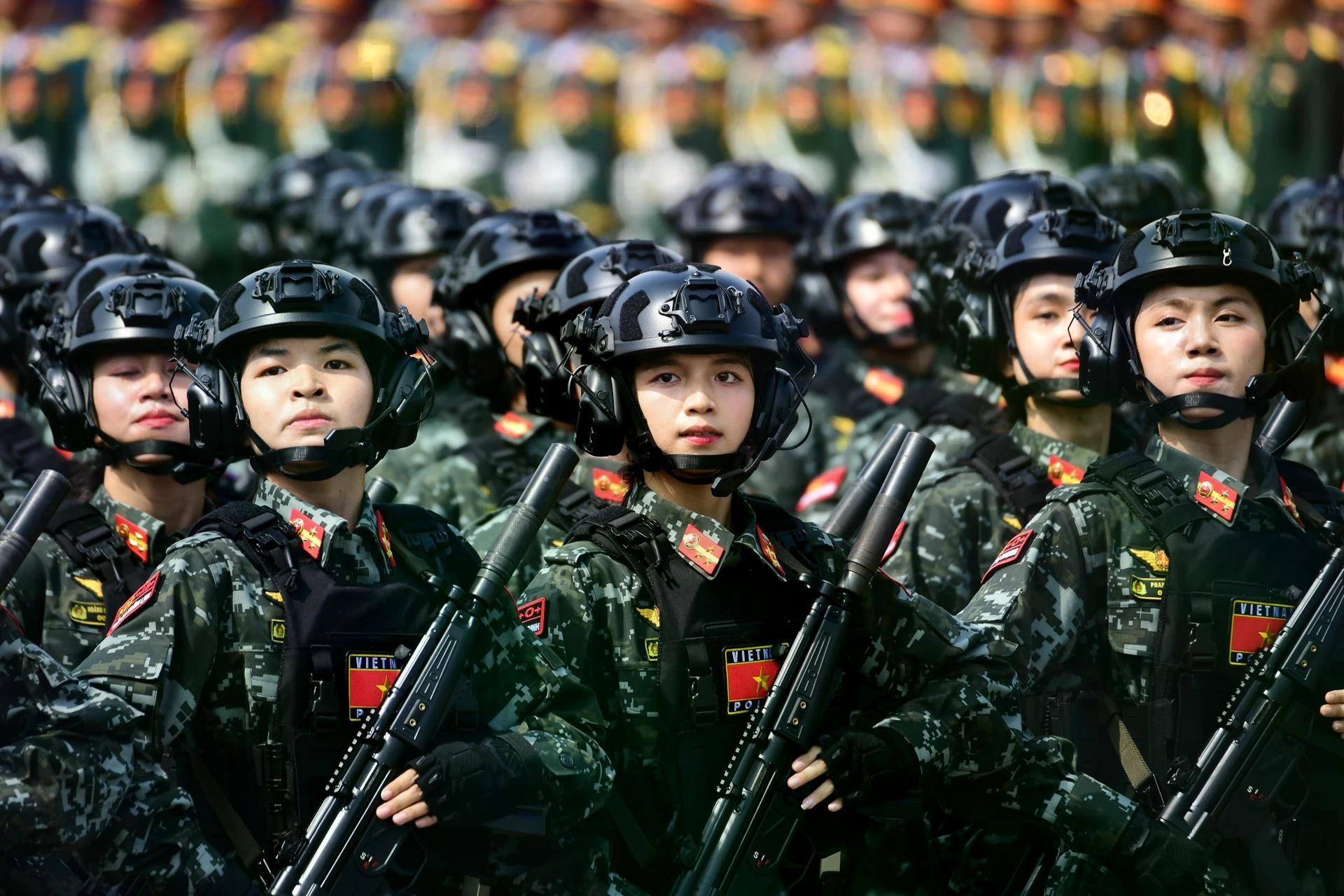






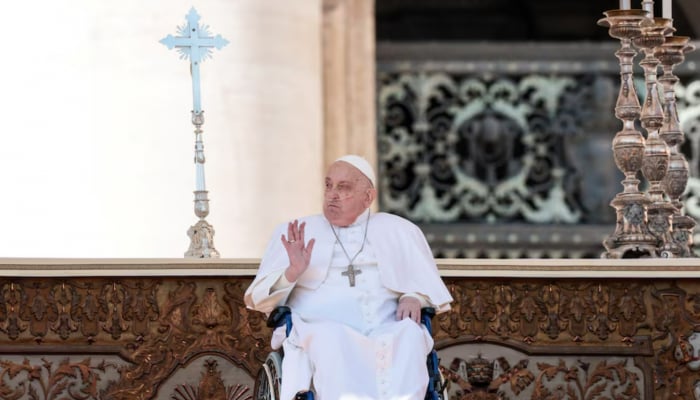
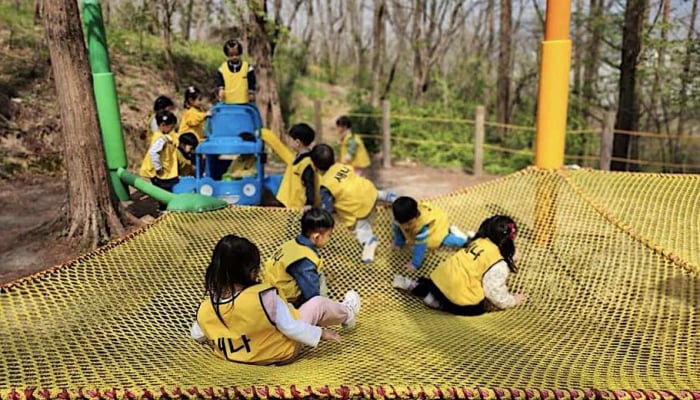
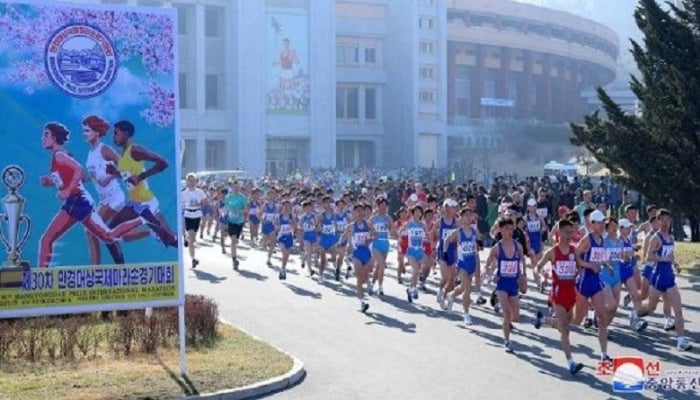











































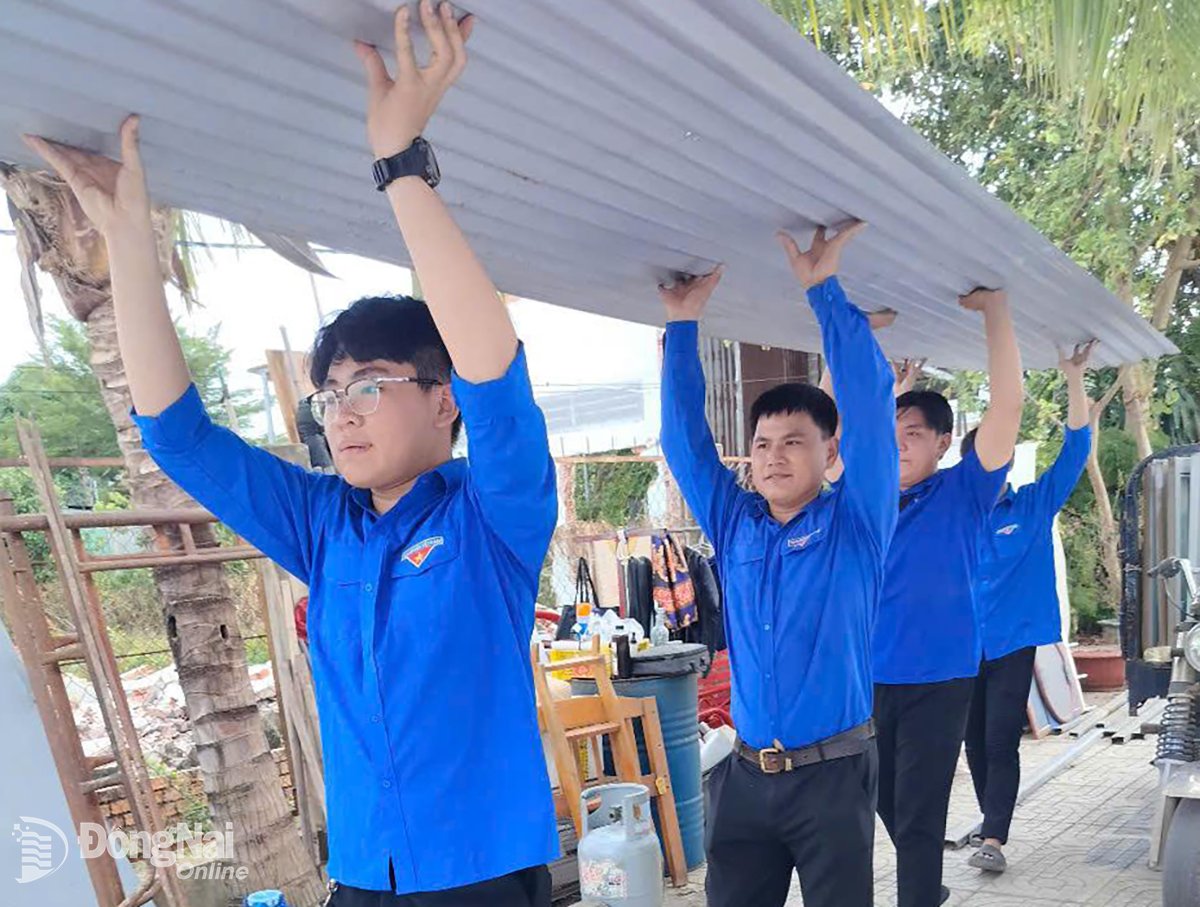

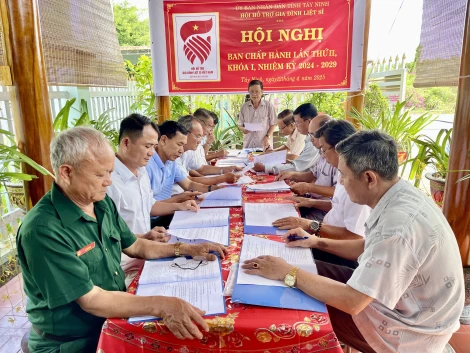
















Comment (0)